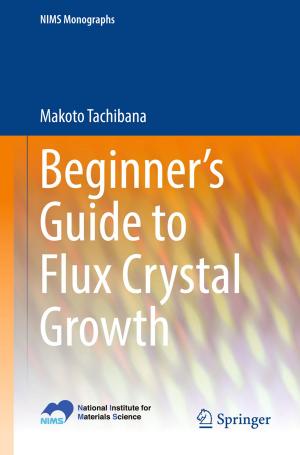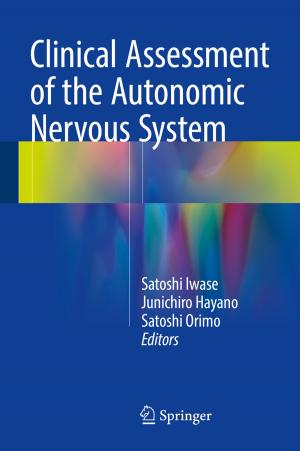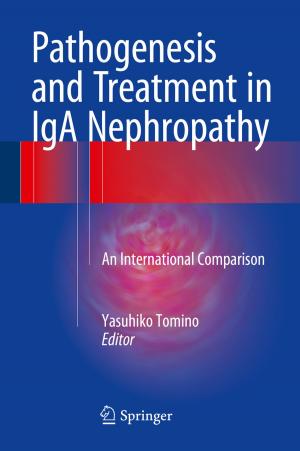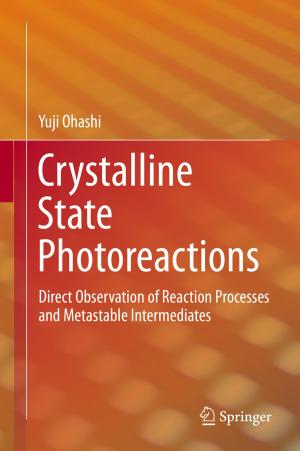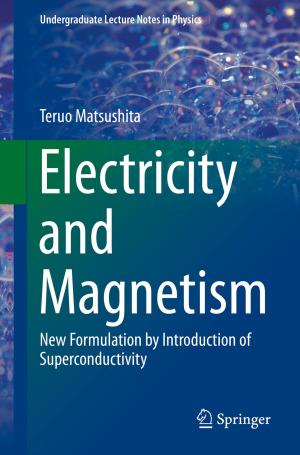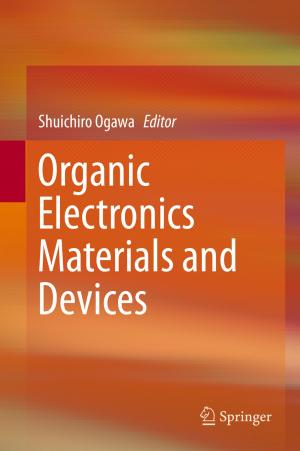Analysis of Fracture Toughness Mechanism in Ultra-fine-grained Steels
The Effect of the Treatment Developed in NIMS
Nonfiction, Science & Nature, Technology, Material Science, Manufacturing| Author: | Hai Qiu, Toshihiro Hanamura | ISBN: | 9784431544999 |
| Publisher: | Springer Japan | Publication: | September 4, 2014 |
| Imprint: | Springer | Language: | English |
| Author: | Hai Qiu, Toshihiro Hanamura |
| ISBN: | 9784431544999 |
| Publisher: | Springer Japan |
| Publication: | September 4, 2014 |
| Imprint: | Springer |
| Language: | English |
In this book, advanced steel technologies mainly developed at the National Institute for Materials Science (NIMS), Japan, for structure control, mechanical properties, and the related mechanisms are introduced and discussed. NIMS has long worked on developing advanced steel techniques, namely, producing advanced steels by using only simple alloying elements such as carbon, manganese, and silicon, and also by utilizing steel scrap. The hope is that this approach will lead to a technology of a so-called steel-to-steel recycling process, with the ultimate goal of a recycling process such as an automotive-steel-to-automotive-steel recycling process to take the place of the current cascade-type recycling system. The main idea is to utilize ultra-grain refining structures and hetero structures as well as martensite structures. In particular, the focus of this book is on tensile strength and toughness of advanced steels from both the fundamental and engineering points of view. Fundamentally, a unique approach to analysis is taken, based on fracture surface energy as effective grain size is employed to better understand the mechanism of property improvement. From the engineering point of view, in fracture toughness such factors as crack tip opening displacement (CTOD) of advanced steels are evaluated in comparison with those of conventional steels.
In this book, advanced steel technologies mainly developed at the National Institute for Materials Science (NIMS), Japan, for structure control, mechanical properties, and the related mechanisms are introduced and discussed. NIMS has long worked on developing advanced steel techniques, namely, producing advanced steels by using only simple alloying elements such as carbon, manganese, and silicon, and also by utilizing steel scrap. The hope is that this approach will lead to a technology of a so-called steel-to-steel recycling process, with the ultimate goal of a recycling process such as an automotive-steel-to-automotive-steel recycling process to take the place of the current cascade-type recycling system. The main idea is to utilize ultra-grain refining structures and hetero structures as well as martensite structures. In particular, the focus of this book is on tensile strength and toughness of advanced steels from both the fundamental and engineering points of view. Fundamentally, a unique approach to analysis is taken, based on fracture surface energy as effective grain size is employed to better understand the mechanism of property improvement. From the engineering point of view, in fracture toughness such factors as crack tip opening displacement (CTOD) of advanced steels are evaluated in comparison with those of conventional steels.

